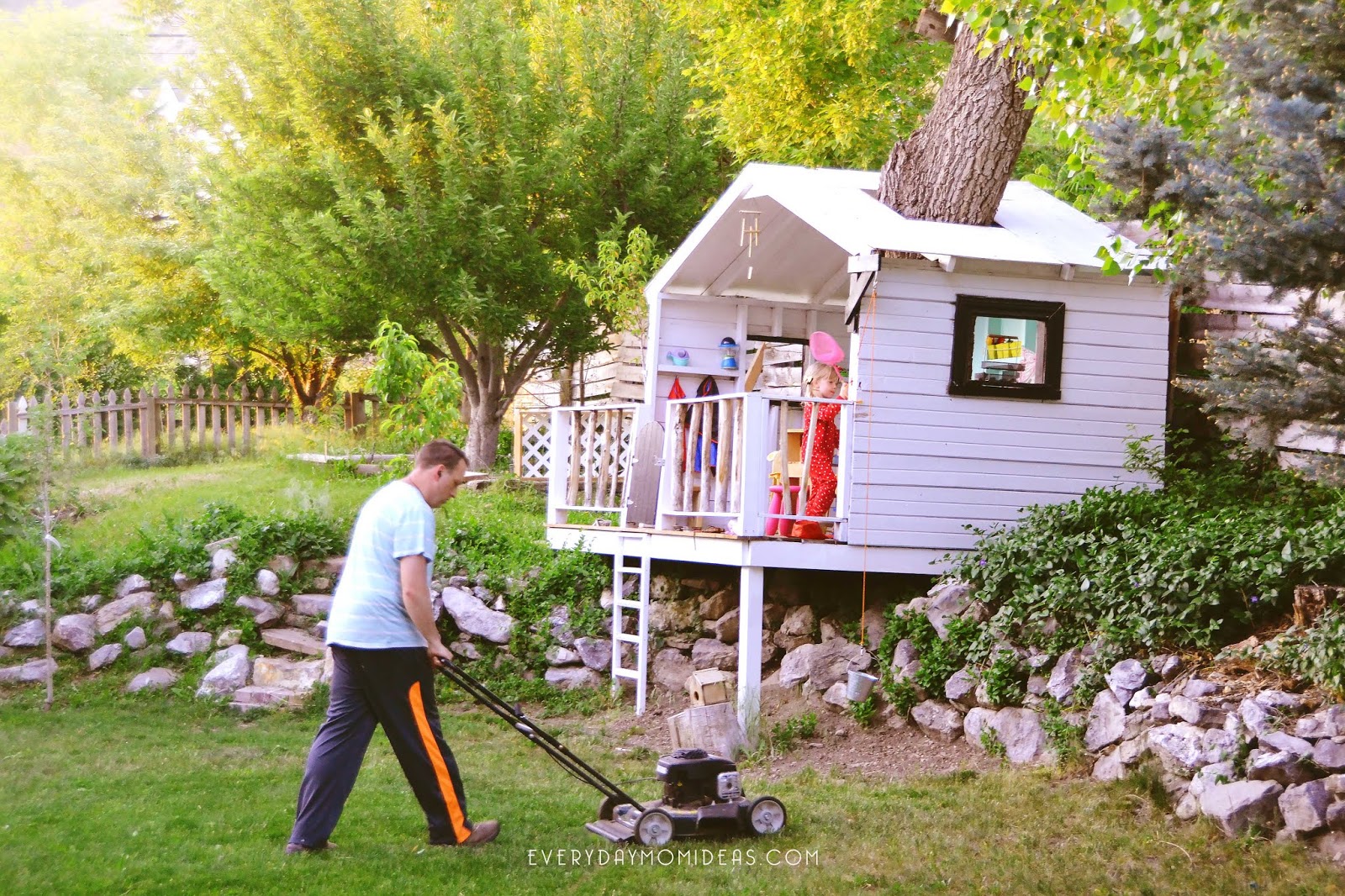Landscaping is a great way to improve your home. Your property will look much better and provide you and your family with a nice outdoor space to enjoy. If you do it the right way you could even end up adding value to your property. Numerous studies show that planting the right trees and shrubs and arranging them well can add up to 20% to your home.
However, getting good results takes time. You need to do your research carefully.
The easiest way to find out which plants will thrive where you live
The first step is to work out which trees and shrubs will grow best in your state. In the past, this would have meant combing through numerous gardening books. Large nurseries have done much of the hard work for you. They have pulled together all of the necessary information into databases. Many now provide their customers with the facility to search through everything and do so at the click of a button. You will find a great example of such a database when you click here.
To find the trees and shrubs that grow well where you live, all you need to do is to click the relevant spot on the map. Once you do, the tree centeror nursery will provide you with a list of suitable plants. This will enable you to, instantly, narrow down your options.
Take into account your soil conditions
However, you will normally still need to do a little more research before actually placing your order. It is important to take into account the soil conditions in your yard. You need to think about how well your garden drains and take into consideration other factors. For example, whether the area you are planting out is north or south facing.
Consider how big they are likely to grow
You need to understand how big the trees and shrubs you are thinking of buying are likely to grow. It is always wise to think about how your garden will look once your new plants have reached maturity. If you do not do so you can easily end up creating a hedge or tree that ends up overwhelming your property. It can block out light and cast a large shadow over much of your garden. This could mean that very little will grow there. If your plants are evergreens,they can continue to cast a shadow, during the winter months. This can make it hard to keep parts of your property warm and lead to your having to put the lights on more. It is also important to think about the impact they will have on your neighbor’s property.
Take into account the root system
You should also try to work out how far the roots will reach once the plant is mature. Some trees and shrubs are not suitable for planting next to buildings.
Check toxicity
Some common shrubs and trees are toxic. Most of them are harmless enough when they are left to simply grow. But, if you were to eat the berries or an open cut came into contact with the sap you could have a nasty reaction. You need to be aware of this issue, so you can decide whether you really do want these slightly risky plants in your garden. This is an especially important consideration if you have pets or children.
SHARE THIS STORY
